Throttle Mismanagement: A T-38 Lesson That Stuck
Air Facts
MAY 14, 2025
In addition to instructing him on proper throttle management, I tried using my left hand as a brake on the throttles in the rear cockpit to resist his large, sudden inputs. After closing the speed brakes and raising the gear and flaps, I turned crosswind at the departure end. He shook the stick in reply: Youve got the airplane.


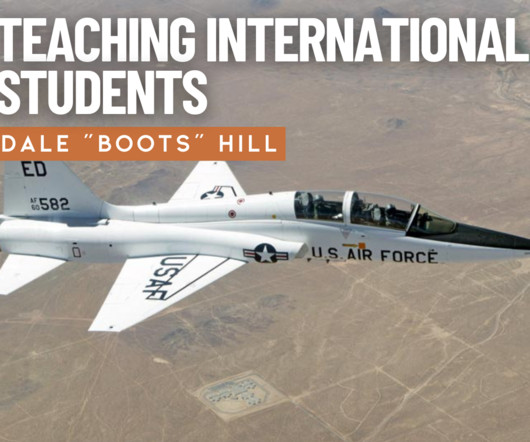
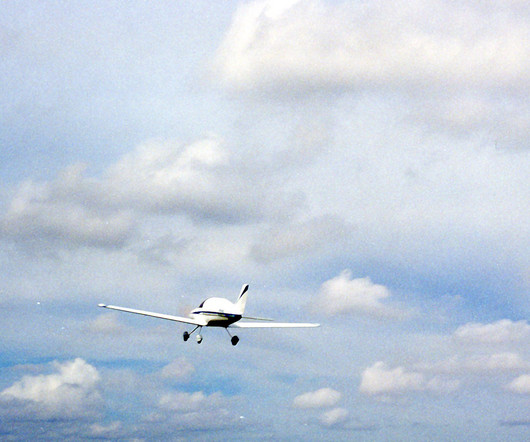



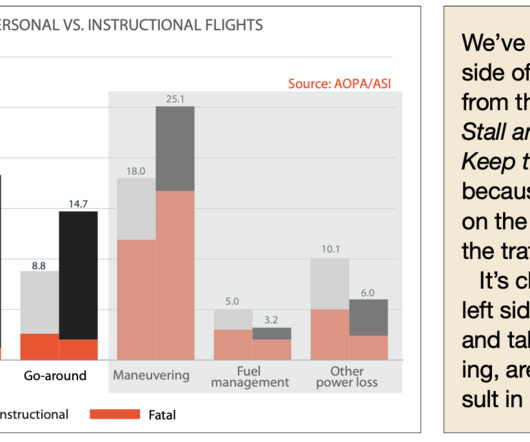

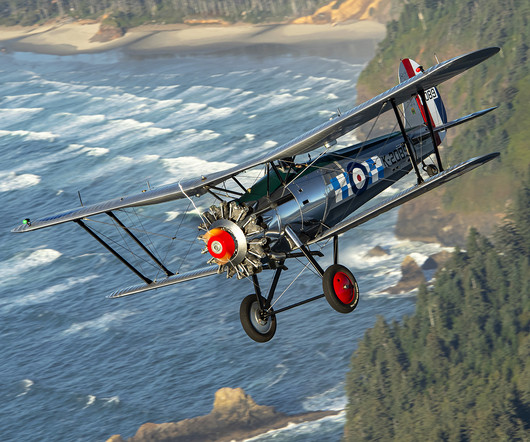



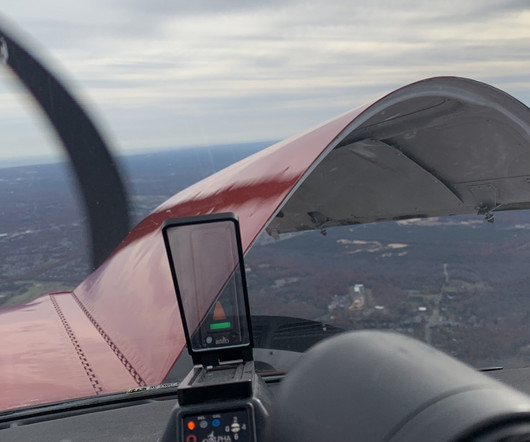






Let's personalize your content